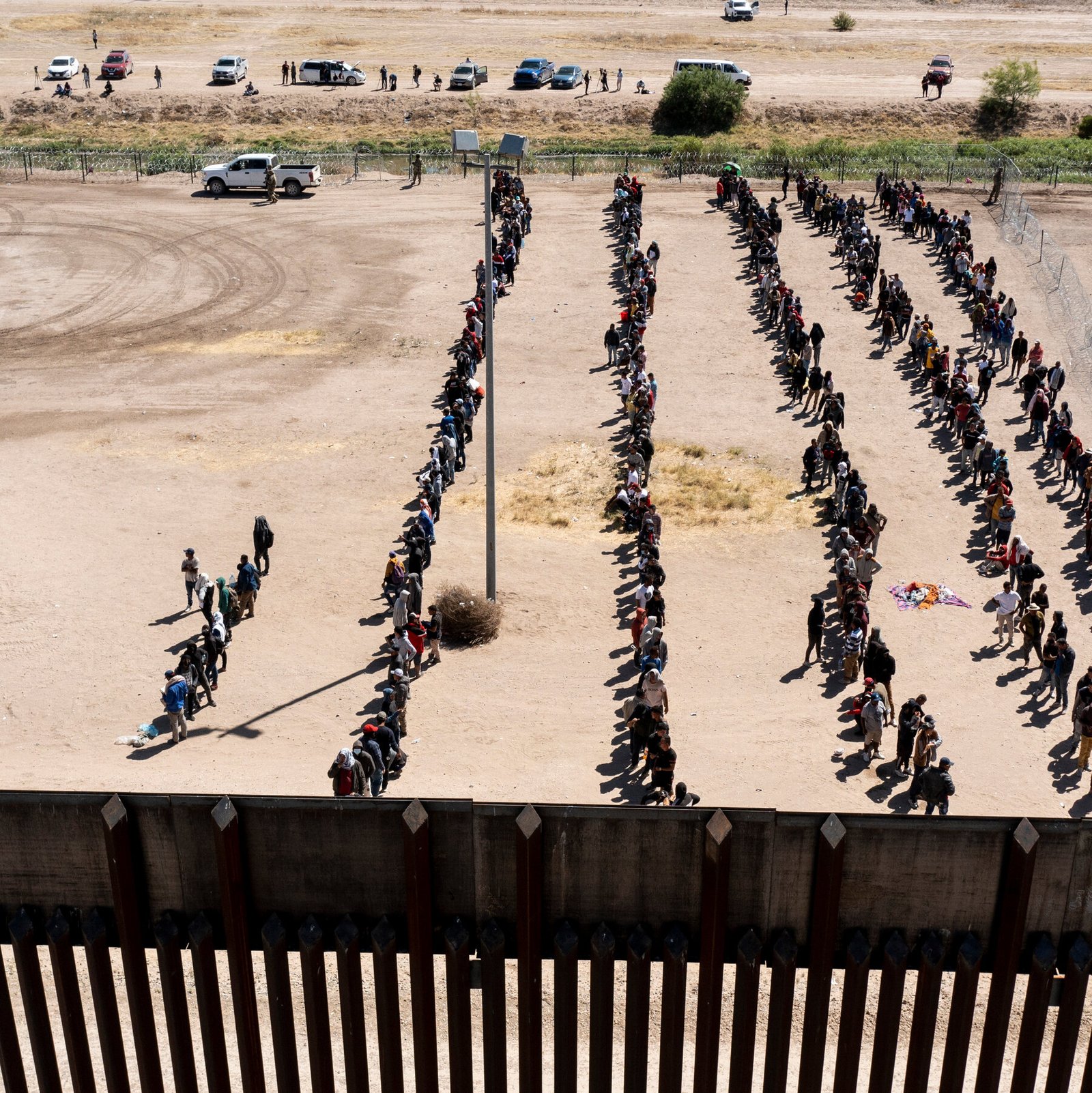AM Full Form: Before you can appreciate what AM and PM mean in the context of the 12-hour clock system, you must first comprehend the 12-hour clock system.
The 12-hour clock system is the most common time convention used in analog and digital clocks. In most English-speaking countries and former British colonies, this is a popular way to tell the time.
The 12-hour clock convention divides each day’s 24 hours into two periods: AM and PM.
What is AM and PM, AM Full Form?
Table of Contents
In the 12-hour convention, the Latin phrases AM and PM are employed to signify time. The letters A.M. and P.M. stand for Ante Meridiem and Post Meridiem, respectively. Meridiem is a Latin term that roughly translates to “midday” (Meri means mid and Diem means day).
As a result, Ante Meridiem denotes “before noon” while Post Meridiem denotes “afternoon.” AM and PM refer to the time before and afternoon in the 12-hour clock system.
To visualize this, think of it as two 12-hour time zones that symbolize day and night. In general, 24 hours is divided into two 12-hour time zones (before noon and afternoon).
The first 12-hour period begins at midnight and ends at noon, referred to as AM (12 a.m. to 12 p.m.). The second 12-hour period, represented by PM, begins at noon and ends at midnight (12 p.m. to 12 a.m.).
Let’s look at some examples to help us comprehend. When someone says it’s 9 a.m., they’re referring to the time in the morning. As a result, it depicts the day clock from 12 a.m. to 12 p.m. (exactly at 11:59 a.m.).
Similarly, when someone says it’s 9 p.m., they’re referring to the time in the evening. As a result, the night clock runs from 12 p.m. to 12 a.m. (precisely, 11:59 p.m.).
These rules are in place to help people better grasp time. If someone says they’ll meet you at 8 o’clock tomorrow, it’s unclear if they meant 8 o’clock in the morning or 8 o’clock in the evening. To avoid this type of time-related confusion, the 24-hour day is divided into two 12-hour cycles.
Another typical misunderstanding is the difference between 12 a.m. and 12 p.m., which is not exactly right. There is no such thing as noon or midnight. It’s called noon (noon) and 12 o’clock in the evening (12 o’clock in the (12 a.m.).
To avoid confusion, many businesses, such as airlines and banks, use 12:01 a.m. to mark the commencement of an event that begins with the day’s onset and 11:59 p.m. to mark the end of any event that concludes with the day.
FAQ (Frequently Asked Questions)
Q1. How do I change a 12-hour clock to a 24-hour clock?
Ans: Converting a 12-hour format to a 24-hour format is rather straightforward. The 24-hour clock is a timekeeping system that runs from 12 a.m. to 12 a.m., or from hour 0 to hour 23. It is simply 0:00 hours if it is 12 a.m. (12 at midnight).
Then 1:00 a.m. is written as 1:00 hours, and so on until 12 p.m. (12 o’clock), which is written as 12:00 hours. Add 12 hours from 1:00 p.m. to 11:59 p.m. For example, if the time is 2:00 p.m., the time is 14:00 p.m. in 24-hour time format (2+12= 14).
Q2. Is 12 a.m. or 12 p.m.?
Ans: One of the most perplexing aspects of time for many individuals is determining if 12 midnight is AM or PM. Similarly, what is the name for 12 o’clock at noon? 12 a.m. is midnight, and 12 p.m. is noon, according to the convention. However, it is preferable to use 12 p.m. and 12 a.m. to avoid confusion.
Also Read:













































